Looking for more information about work order management?
Well, you’ve come to the right place.
To save you spending hours trawling through the internet trying to find the right information, we’ve collated everything you need to know right here. You’re welcome.
In this article, we’re going to take a look at what work order management is, why it’s important, and how using a platform like monday.com makes the entire process a whole lot easier. We’re also going to break down the work order process from start to finish.
By the end of this article, you’ll be a work order management wizard.
What is work order management?
Put simply, work order management is the process of managing work requests and processing work orders. Sounds pretty simple, right?
If only it was that easy.
It’s actually a fairly complex process that involves the following:
- Processing work requests
- Identifying capacity within your team
- Prioritizing work orders
Fortunately, there’s a way to make the process easier to manage. The answer? monday.com.
With our work management software, you can complete the entire work order management process in one place.
It’s much easier to keep on top of what’s happening, what needs to happen, and to see how things are ticking along.
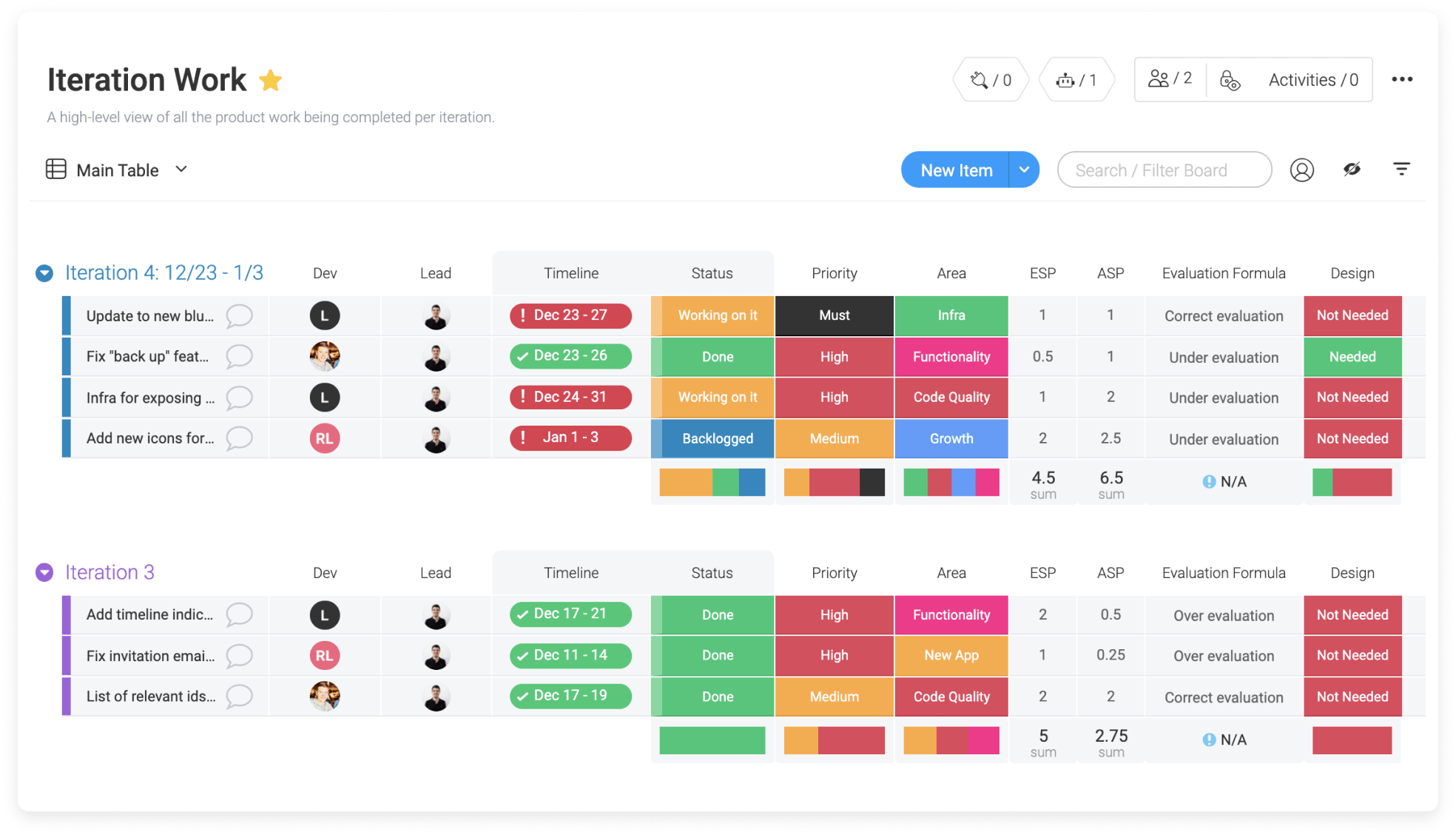
Why is work order management necessary?
So if this process is so long and time-consuming, why do businesses bother?
Well, there are a lot of reasons why using work order management can improve your workflow.
How many times have you been working on a project where new tasks are added to the workflow but they didn’t need to be?
We’ve all been there. But work order management is a great way to make sure any changes that happen are essential to the completion of the project.
Here are a few other benefits to be aware of:
- Improve resource management: Work order management gives you oversight of all the resources you have available, and how they should be used to maximize productivity.
Whether that’s reviewing the time and availability of your team, identifying what equipment you have available, or reviewing your inventory — work order management is a great way to utilize your resources effectively.
- Spot any common requests: If you’re checking your work orders, you might notice some trends in the type of work requests that are coming in. As a result, you can identify any areas of improvement in the delivery of your work.
- Boost productivity: Work order management allows you to filter through all of the work requests. As a result, you create work orders based on work that 100% needs to happen. This means that your team is working on what’s actually important, and you’re improving the overall operational efficiency.
What is the work order process?
Now let’s take a look at the entire work order process from start to finish.
#1. Work request approval
First things first, you need to process the work request.
The work request is basically a request to complete a work order. When it’s received, a managing member of the team reviews the request and decides whether a work order is needed.
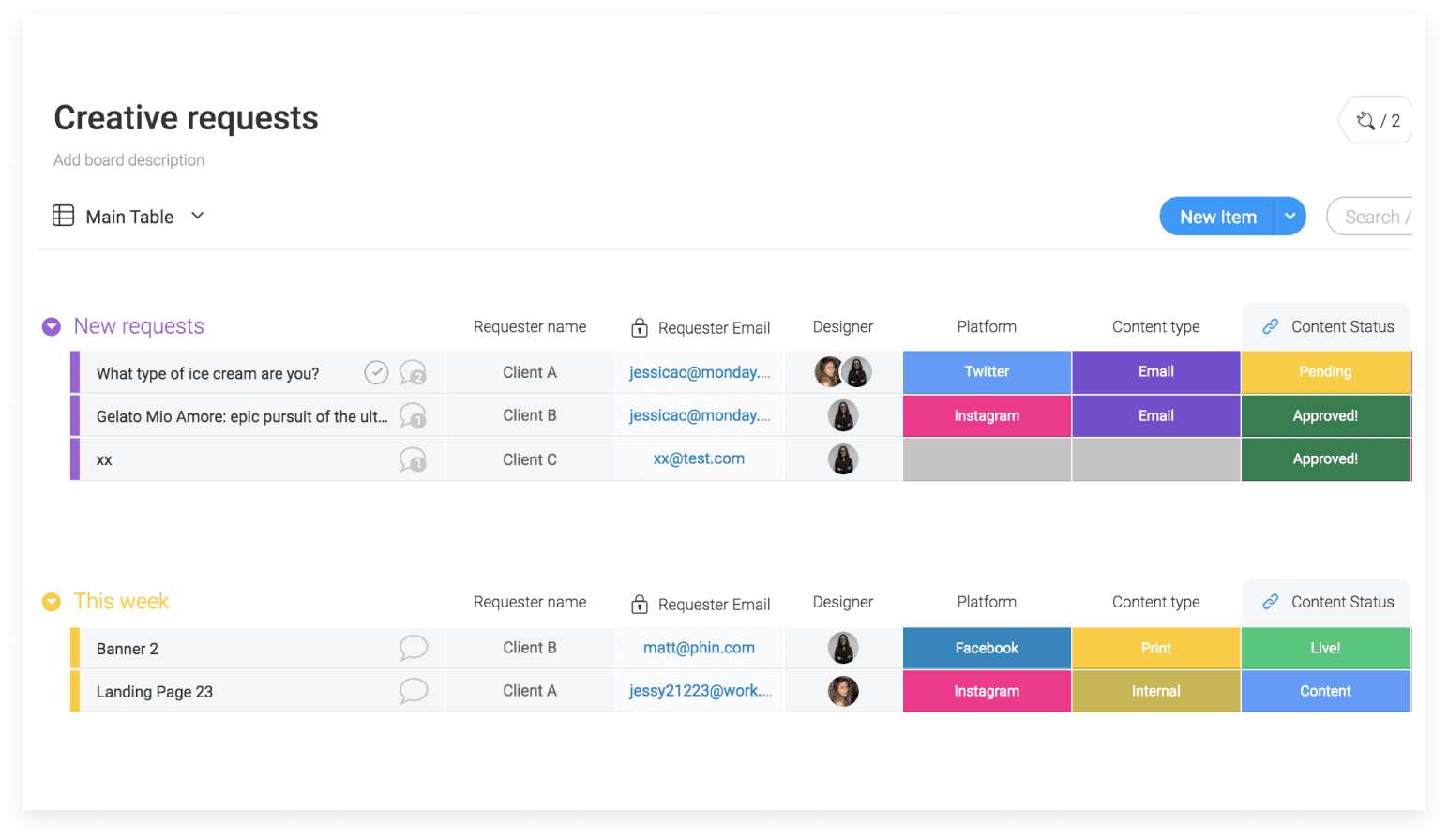
To keep on top of your work requests, using work order management software could make the process much easier than doing it manually.
For example, with monday.com you can easily see how many work requests you have, and you’ll be able to keep tracking the requests as they move through the work order management system.
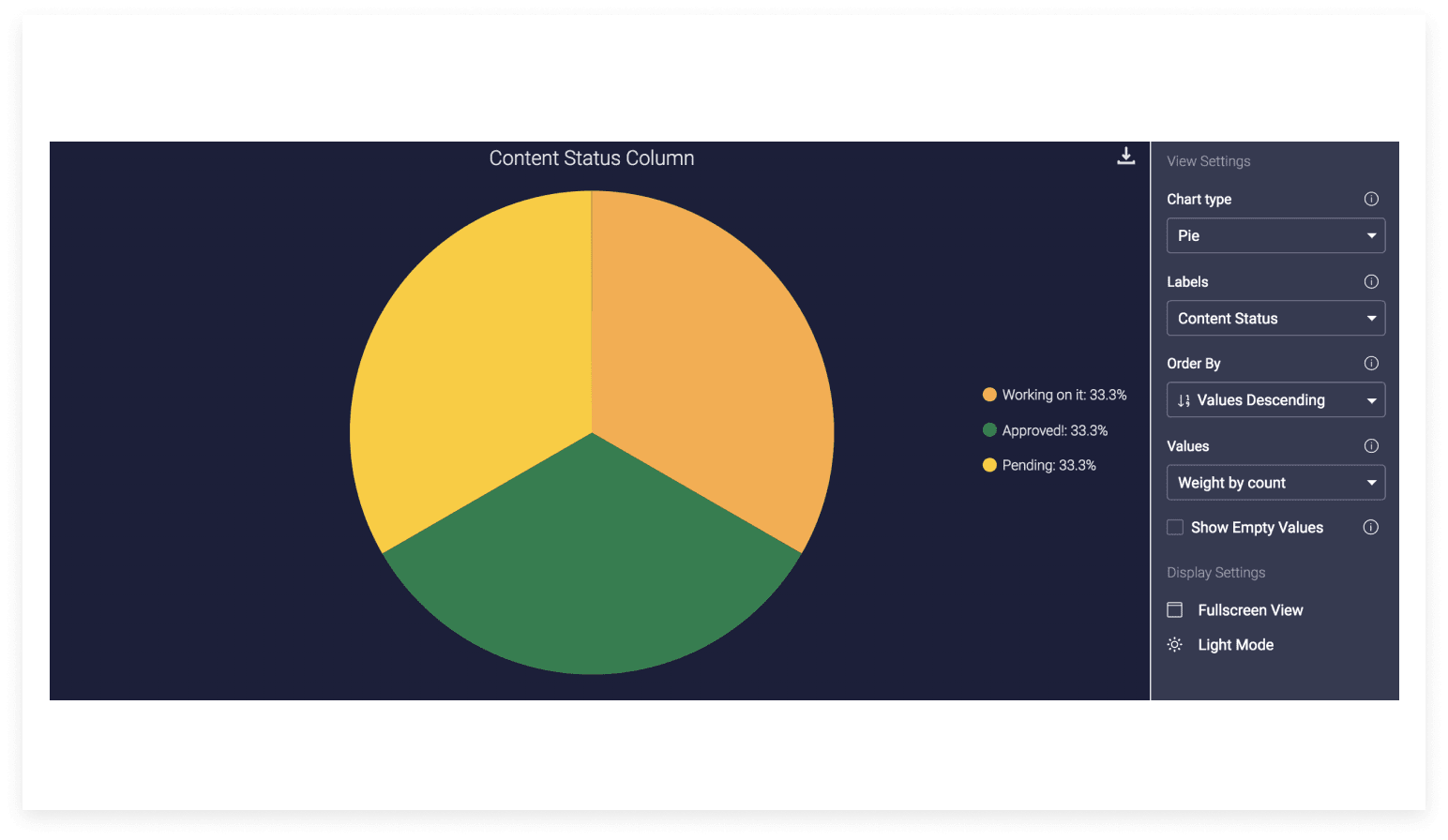
Much easier to manage than trying to keep on top of it manually, don’t you think?
#2. Creation
If the work order request is approved, a work order is created.
If you choose to create your work order manually, the maintenance manager will take all the information from the request, and reformat it into a work order.
But if you choose to use a work order management system — which we’d 100% recommend — the work order is automatically created if it meets the required criteria.
We know what we’d choose…
#3. Prioritization
You’re likely to have a few work orders open at the same time. So, you’ll need to identify which of those are the top priority to make sure they’re allocated correctly.
This involves reviewing each work order with the following in mind:
- Urgent: Is the order time-sensitive, or can you fit this in further down the line?
- Important: Is the work essential, or is it just something that would be nice to have completed?
Using this information, you can figure out which work orders need to be the top priority.
With a platform like monday.com, you can input deadlines and assign priority levels to orders, making it easier to see which orders should be top dog in your workflow.

#4. Assignment and scheduling
Now it’s time to assign the orders to the relevant people and start scheduling in those work orders.
Here’s what you need to do:
Review capacity
There’s no point assigning top priority work orders to people who don’t have time to complete them, right?
So take a look at the workload of your team members. This will allow you to allocate the priority requests to those that have the most capacity.
So what’s the best way to review capacity?
Use a work management platform.
With a platform like monday.com, you’ll have visibility of everyone’s workload and capacity. So you’ll know how much extra work members of your team can add without being overloaded.
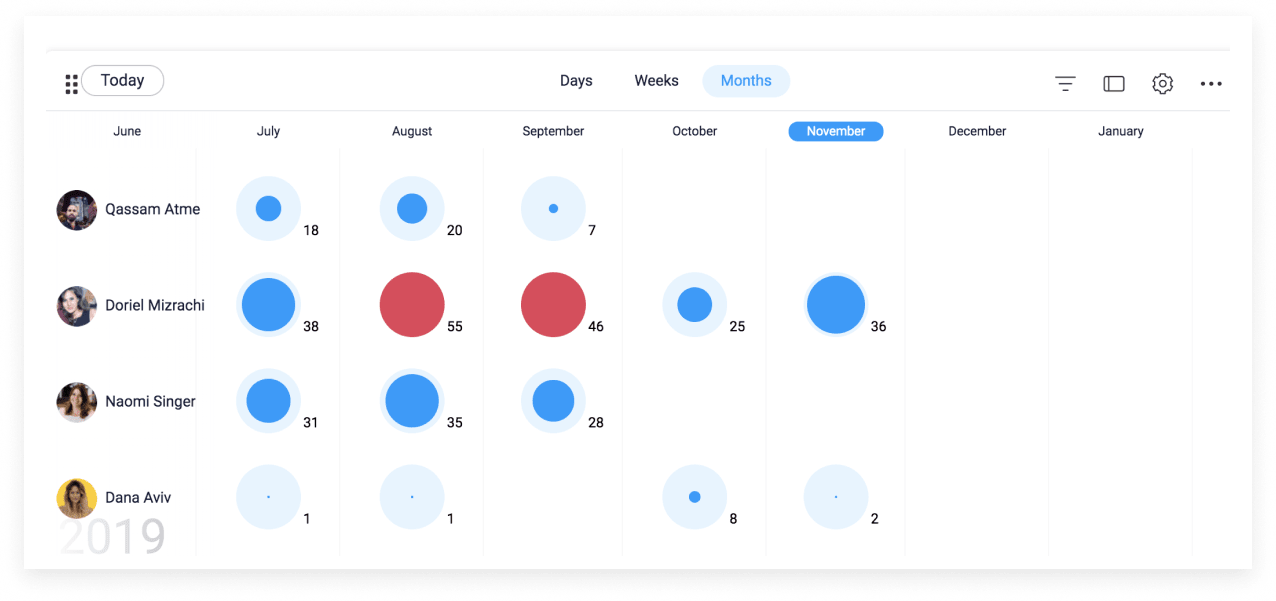
Assign the work orders
When you’ve figured out who’s going to do the work, it’s time to assign the work orders and schedule them into your workflow.
A lengthy process if you’re doing it manually, but using work order software makes this much easier to manage. One simple click and the entire order is assigned to whoever you want.
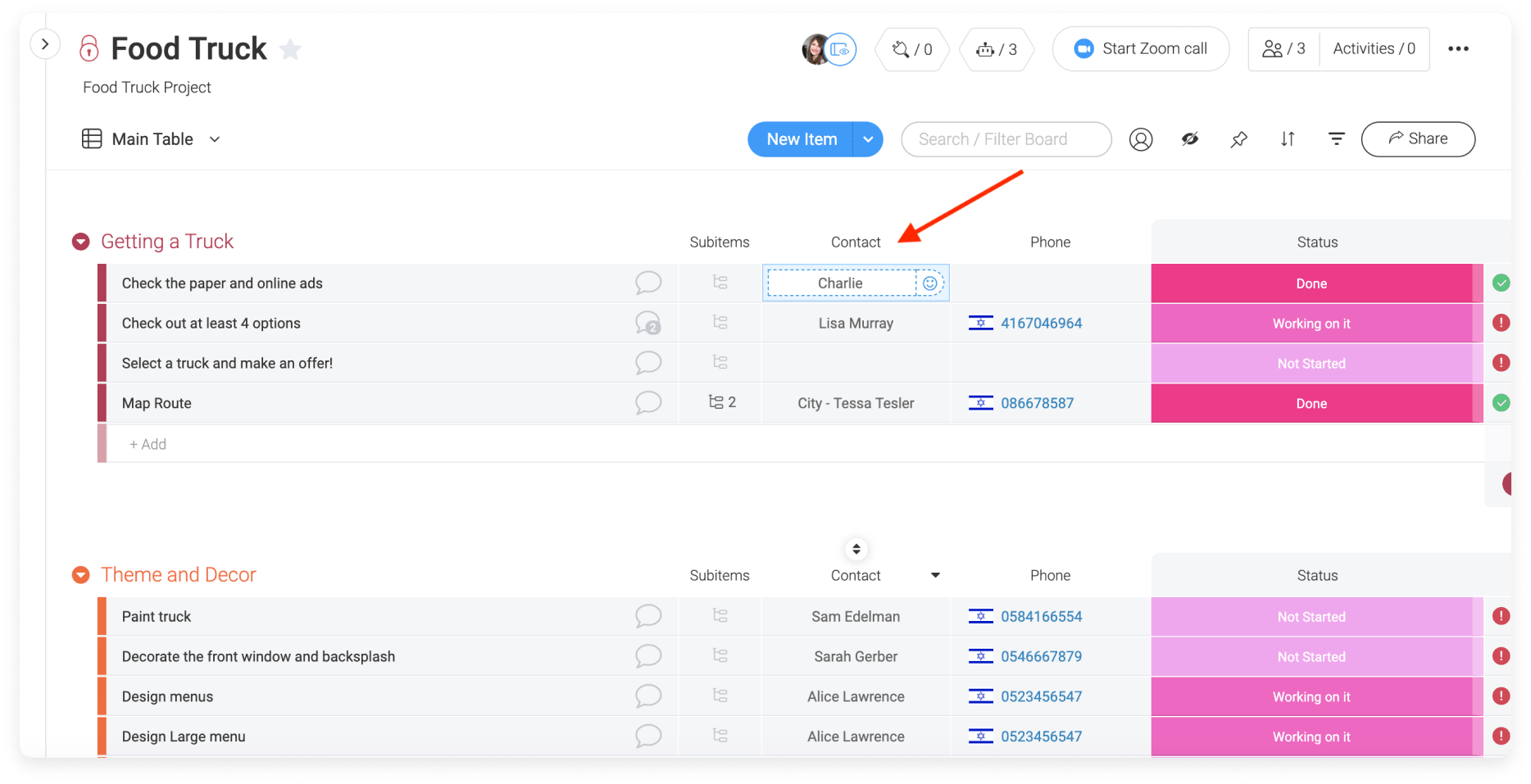
#5. Execution
Whoever you’ve assigned the work order to will now work towards completing the order.
But how do you keep on top of how a task is progressing without micromanaging?
Let’s face it — no one likes a micromanager.
Using a work management system — like monday.com — allows you to see exactly how each task is progressing in real-time. In fact, our progress tracking column breaks it down by percentage. Pretty neat, don’t you think?![]()
What features should be included in a work order system?
If you’re thinking about using a work order system, you probably want to know more about what features you should be looking out for.
Well, at monday.com, we’ve got a number of features that make it perfect for building your ideal work management tool, capable of managing work requests and orders.
Let’s take a look at what these are:
- View team capacity: With monday.com, you can quickly and easily view how much capacity your team members have. This makes it easy for you to assign work orders without having to manually figure out who’s available to help. Result.
- Collaborate with team members: monday.com makes it super easy to collaborate with your team — especially if you’ve got a lot of remote workers. Got a question for someone? Send them a message. Want an update on task progress? Tag them in a comment. It’s as simple as that.
- Add your own automations: To save you having to do all the repetitive — and let’s face it, boring — tasks, monday.com allows you to create your own automations. So if you want, you could link up your work requests board to your tasks board and make your workflow run more smoothly.
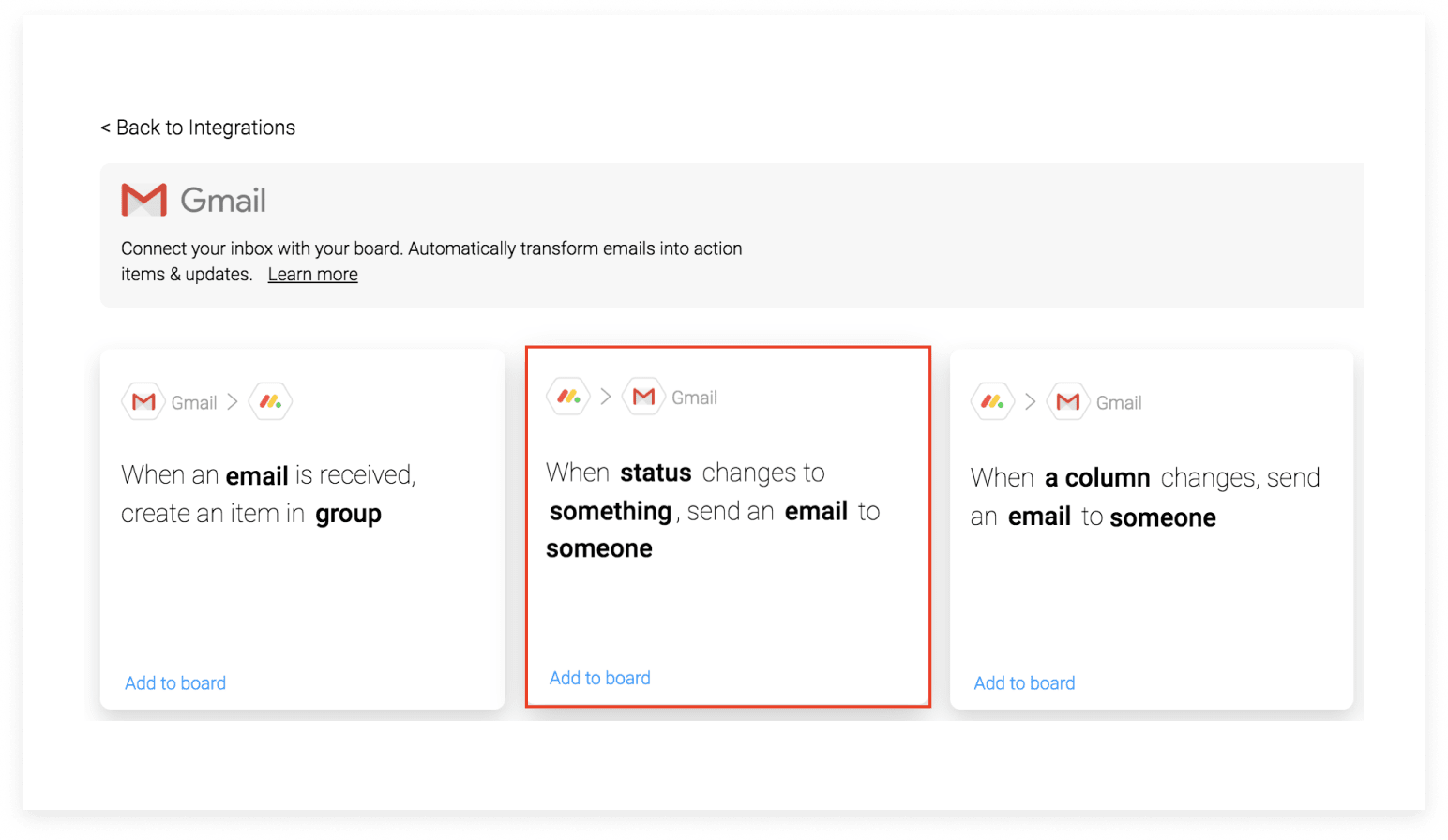
Work order management streamlines your workflow
And there you have it. Everything you need to know about work order management, and how using work order management software is a step in the right direction.
If you want to give monday.com a go, why not take a look at our work request management template? No hassle — just a simple, ready-to-use template that’ll get the ball rolling.

